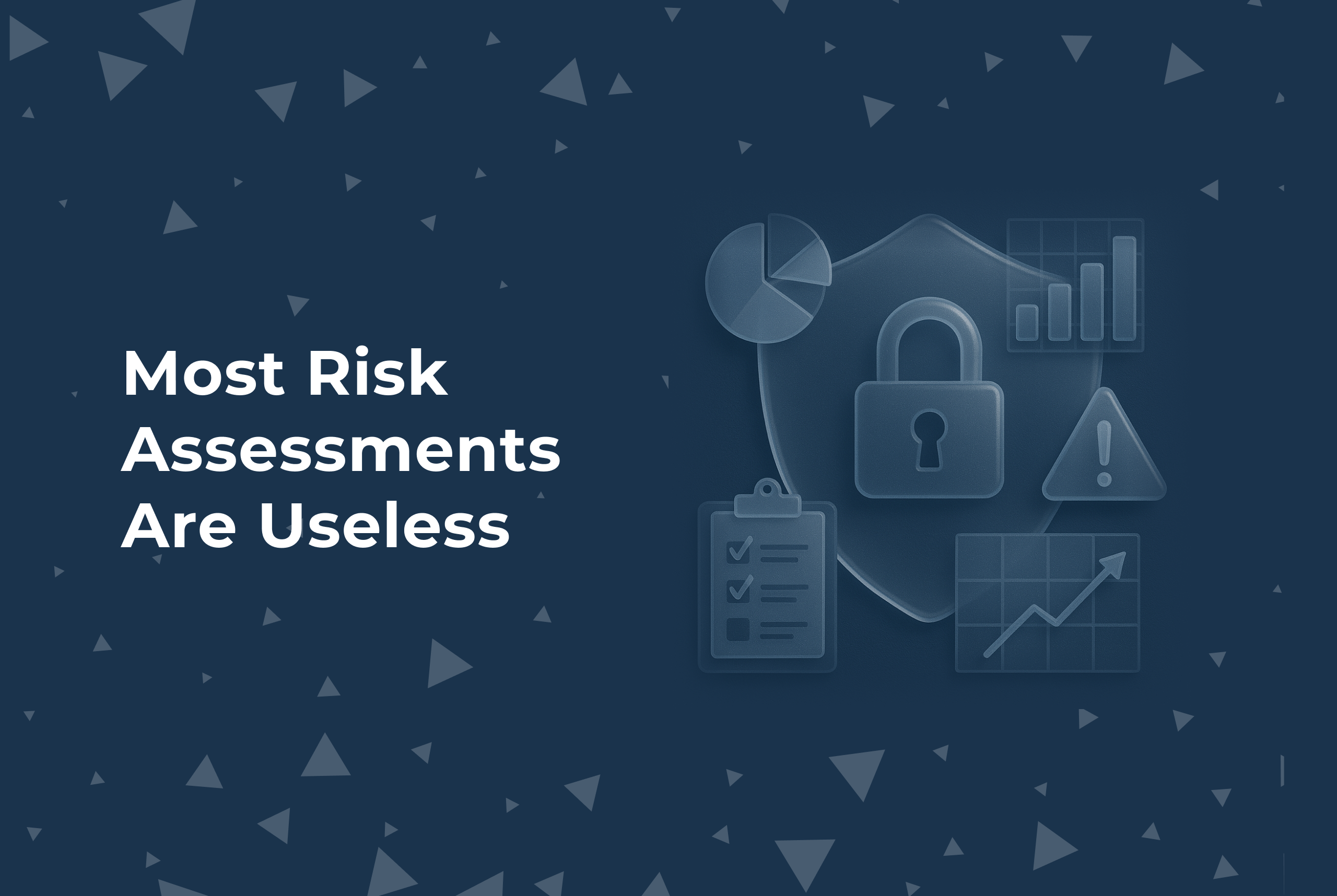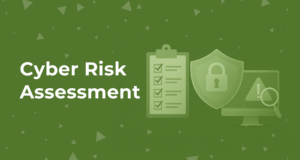Let’s be real—most risk assessments aren’t that helpful.
They feel like they should be. You invest time, run a process, check some boxes, and produce a report. But what happens after? Not much.
That’s a problem.
Because when you step back and think about what security is actually trying to do—it’s not about compliance. It’s not even about “coverage.” It’s about keeping your business running, reliably, even under stress. And a lot of these assessments don’t get you closer to that.
What You Want From a Risk Assessment Isn’t a List. It’s a Model.
If someone hands you a 42-page report full of high/medium/low labels, that’s not insight. That’s raw data.
The real question is: Can I use this to make a decision?
- Do I know which system, if compromised, would hurt us the most?
- Can I trace that risk back to the architecture decisions that created it?
- Can I explain it to my engineering leads in 5 minutes—and get them to act?
That’s the bar. If the output doesn’t help you steer, then it’s not doing the job.
Most Assessments Get Lost in Volume. You Need Signal.
This happens a lot: you get back a massive list of vulnerabilities. Hundreds. Maybe thousands. All technically accurate.
But there’s no way to sort them by what breaks the business if it’s exploited. So nothing gets fixed. Or the wrong things do.
It’s a prioritization problem. But also a framing problem.
Instead of asking “What’s wrong with the system?”, better to ask:
“Where does the system fail in ways that matter?”
That shift—from flaw enumeration to risk modeling—is what separates useful assessments from shelfware.
Tailoring Matters More Than Frameworks
You can use NIST, ISO 27001, your own spreadsheet—doesn’t matter. The value’s not in the framework. It’s in how well it reflects your reality.
If you’re a scaleup deploying code 10–20 times a day, your risk surface looks nothing like a company with quarterly releases and centralized infra.
You’ve got CI/CD, multi-cloud, ephemeral services, third-party APIs stitched together with glue code. So if your risk assessment assumes static perimeters and long-lived infrastructure, it’s already out of date.
This is one of those places where abstraction hides risk. You need to model the system as it actually behaves—not as you wish it did.
Risk Isn’t Just Technical. It’s Organizational.
Here’s something I think gets overlooked: risk assessments aren’t just for security teams.
They should help your entire company reason about risk. Engineering, product, legal, leadership—they all make decisions that affect exposure. But they often don’t speak the same language.
A well-run assessment acts as a kind of translator. It says: “This is what matters. Here’s why. And here’s what we’re doing about it.”
That creates alignment. It’s how you stop making decisions in silos.
The End Goal Is a System You Can Run Repeatedly
This part’s important.
You don’t want a one-off. You want a feedback loop. A system you can re-run every quarter, or every time your architecture shifts.
Because your infrastructure will change. People will leave. The threat landscape will evolve.
If you’ve got a repeatable process—something that survives organizational churn—you’re in a much better place.
Final Thought
It’s tempting to think of risk assessments as a compliance thing. And sometimes they are. But they can be a lot more than that.
Done well, they give you a map of how your system behaves under stress—and a model for improving it.
That’s useful. That’s worth investing in.
And if you’re going to invest the time anyway, you might as well make it something that helps you think better about what could go wrong—and how to make sure it doesn’t.






